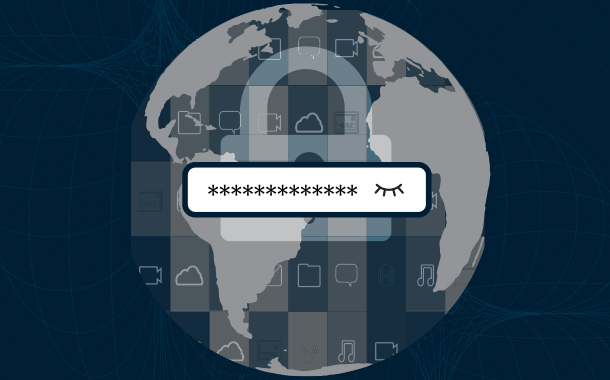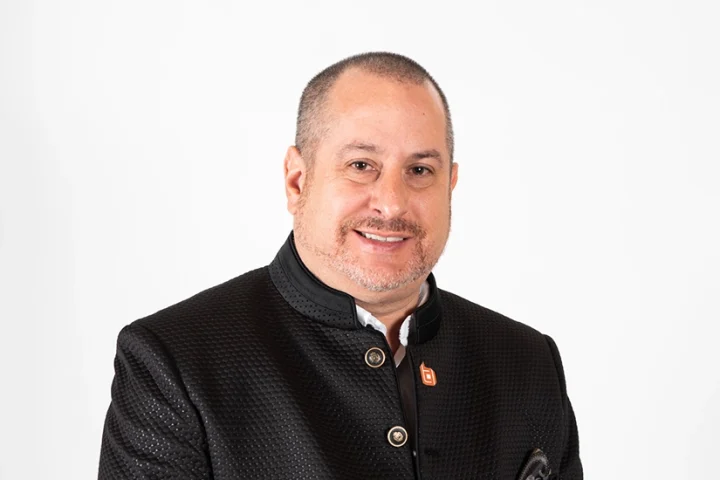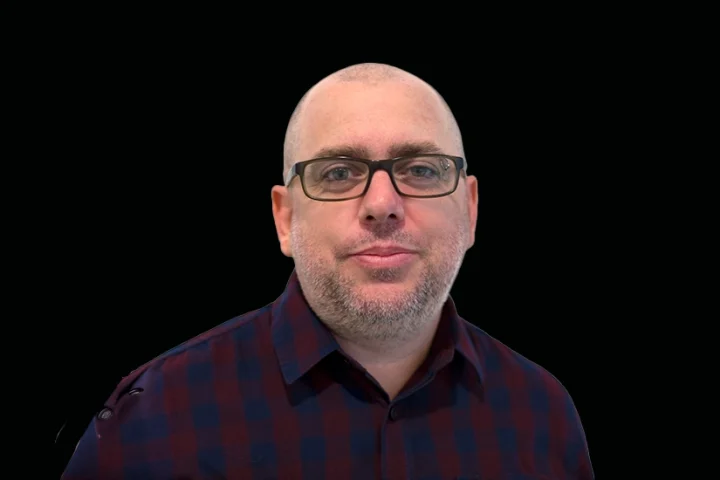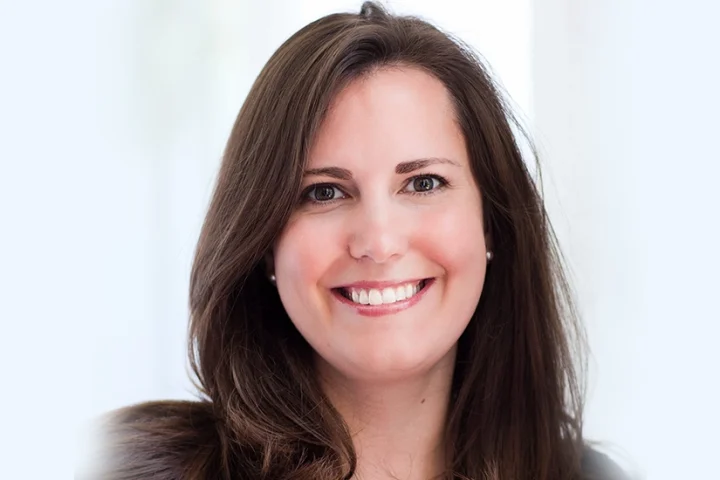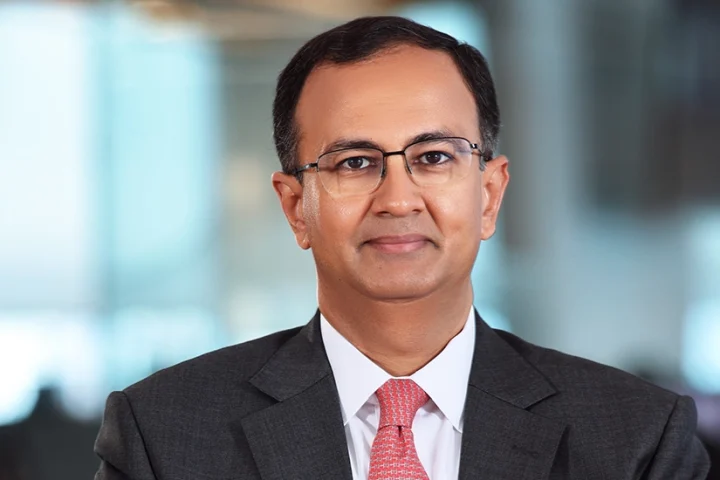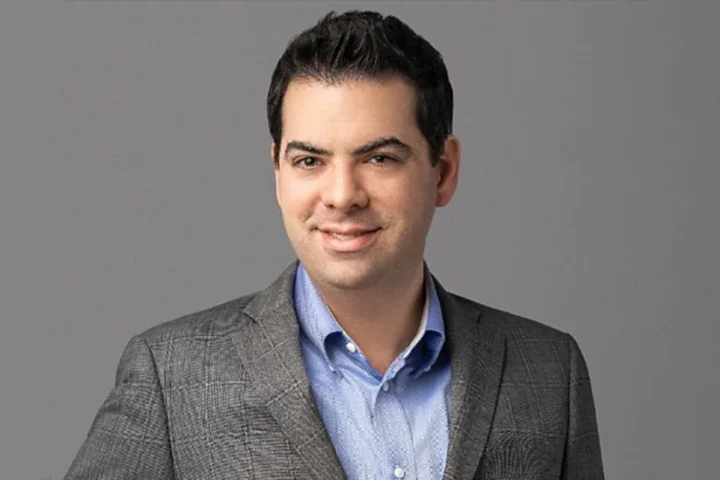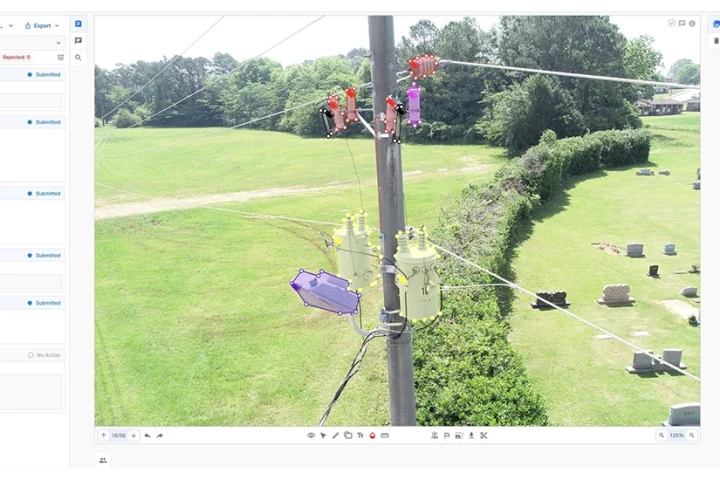The history of passwords dates back to the Roman Empire. Initially, they were called passcodes, carved into wood, and soldiers passed them around via the active guard to validate soldier and guard movement. They were a shared resource and multiple people could be aware of the current “secret”. Today, the most common storage medium for a password is the human brain. We assign a password to a system or application, recall it when it needs to be used, and remember it each time we change it. Our brains are full of passwords and, often, we forget them, need to share them, and are forced to document them using insecure methods like paper or spreadsheets. These insecure methods for sharing passwords have caused the press to report front-page news articles on data breaches and compelled organizations to educate employees on the insecure methods for password storage and sharing. A better method to document passwords is needed that is highly secure, documents distributed access, and promotes sharing and collaboration with minimal risk—no matter where the access occurs.

In reality, people should not be expected to remember every password they need, nor is it safe to reuse passwords across multiple services and applications. This has spawned an entire market for personal password managers, privileged access management for businesses, and passwordless technology like Microsoft Hello and Apple TouchID.
Since Covid, we truly have a work from anywhere world, and the cloud is ideal for situations when passwords need to be available outside of the organization, across multiple geographical locations, and when on-premise technology is incapable or cost-prohibitive for meeting business objectives and minimizing risk.
On Password Management Day, consider the risks of remembering, sharing, documenting, and reusing passwords. Security best practices today have better methods, including password services in the cloud, to minimize the need to remember passwords.
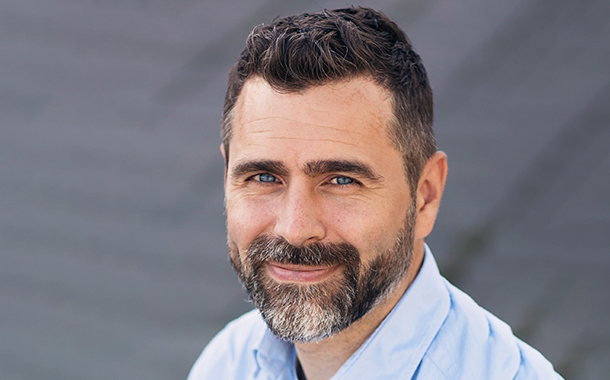
World Password Day serves as a reminder to reflect and think about your password health. If you are anything like me, you are not a fan of passwords – having to frequently change them and choose the next great password that is better, longer, and more unique than the previous one.
This World Password Day, let us take a moment and think about how we can remove passwords from our lives and into the background while making our digital lives safer. A great place to start is by using a Password Manager.
A Password Manager will let you know when your password needs to be changed, when it is weak, or when it is reused. Even better, when used in conjunction with multi-factor authentication (MFA), it takes away the tedious take of choosing – and remembering – your next great password.
Let us use this World Password Day to move passwords out of our lives, into the background, and make our digital world a safer place.


